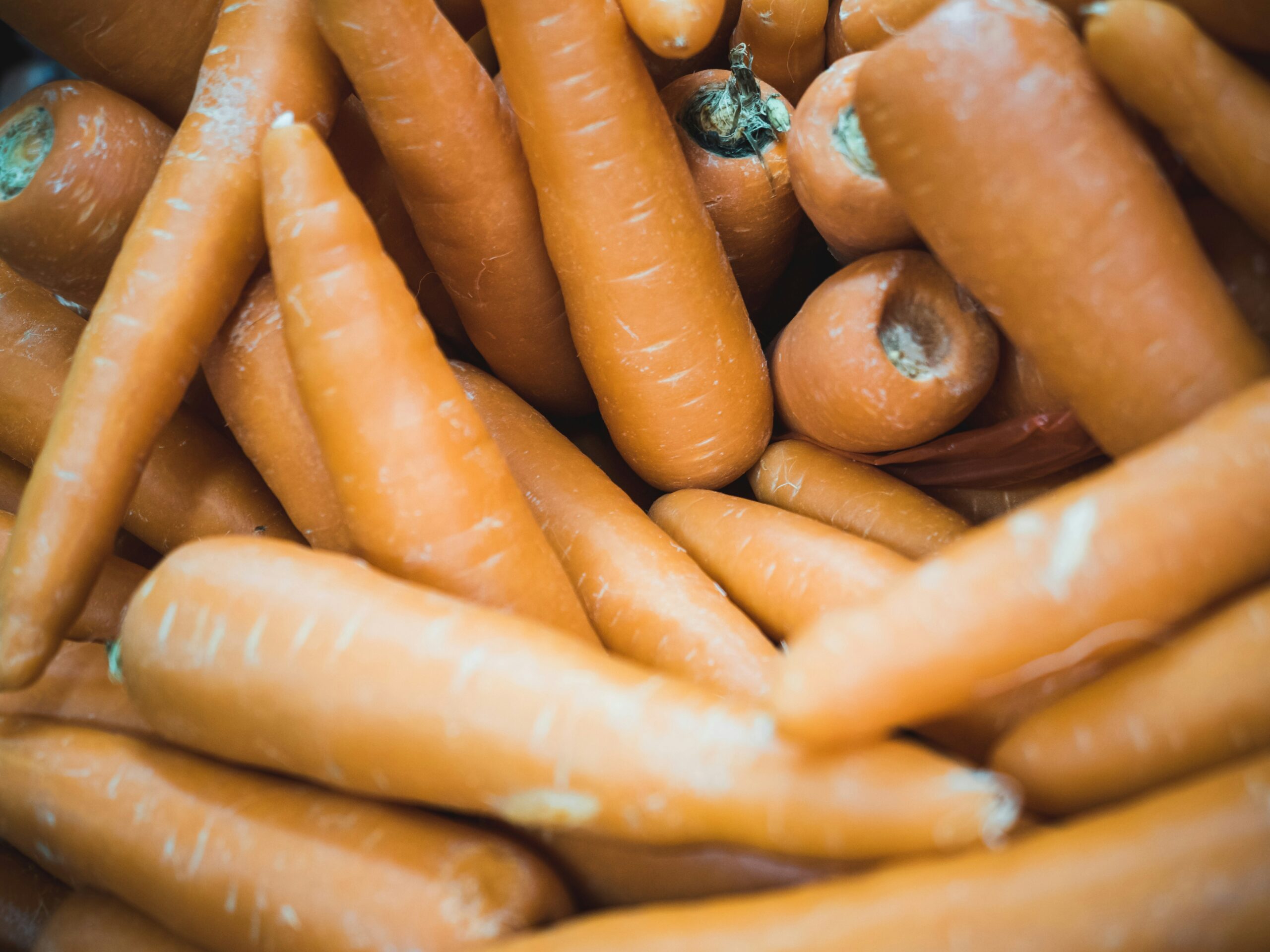Understanding Cooking Measurements
In cooking, getting your measurements right can mean the difference between a dish that’s a culinary masterpiece and one that’s destined for the trash bin. It’s all about nailing those key flavors and textures that make your meal a hit at the table. So, why’s all this measurement talk so important? Let’s dig in.
Importance of Accurate Measurements
Think of accurate measurements as the unsung hero of any recipe. Whether you’re adding a pinch of salt or a heap of flour, each ingredient has its role in making your dish come together like a well-rehearsed symphony. Goof up on the measurements, and you might end up with a cake that’s more brick than moist delight.
Getting the balance right isn’t just for show—it’s your recipe’s ticket to tasty-town. Especially when you’re working with something as tricky as pastries, getting it wrong can lead to a flop. If you’re curious about diving deeper into why precision in cooking is a game-changer, check out our piece on the importance of correct quantities when cooking.
Common Types of Measurement Units
In the kitchen, you gotta know your stuff—teaspoons from tablespoons, your cups from ounces. Getting a handle on these units will save you from a recipe disaster. Let’s look at some kitchen-friendly lingo:
| Measurement Unit | Abbreviation |
|---|---|
| Teaspoon | tsp |
| Tablespoon | tbsp |
| Cup | C |
| Ounce | oz |
Each unit in its own quirky way spices up your cooking and baking world. Once you get the hang of these tiny conversions, you’ll tackle recipes like a pro. Curious about how these all break down? Take a peek at how many grams in a cup for a deep dive into making your cooking game strong. It’s a whole new way to jazz up your skills and feel like a kitchen wizard!
Convert Carrot Measurements
In cooking and baking, nailing those measurements is your ticket to yummy results every time. With carrots, like any star ingredient, getting the quantity right is half the cooking battle. Let’s chat about turning carrot amounts from cups to grams so you can cook up masterpieces with ease.
How Many Grams in a Cup of Carrots
Carrots are like the MVPs of veggies—good in everything from soup to cake (yes, carrot cake). When you need to switch their measurement from cups to grams, here’s a nifty little guide:
| Quantity of Carrots | Grams |
|---|---|
| 1 cup shredded carrots | 110 g |
| 1 cup sliced carrots | 122 g |
| 1 cup chopped carrots | 128 g |
| 1 cup julienne carrots | 110 g |
These conversions might not be super precise down to the last gram since it all depends on how packed your cup is or how big your carrot pieces are. Always feel free to add a bit more or less to hit that perfect texture and flavor you’re chasing.
For more ingredient conversions so you can play the measuring game like a pro, check out our handy guide on how many grams in a cup solid.
Converting Different Forms of Carrots to Grams
Carrots don’t always roll in the same way—they can be whole, in slices, diced, or grated. Each style means a different math dance to get to grams. Here’s a quick look:
-
Whole Carrots:
-
One medium carrot, after you peel and trim it, is about 50 grams from an original 61 grams.
-
A large carrot goes from 72 grams down to around 60 grams once prepped.
-
Sliced Carrots:
-
When you slice and fill a cup, expect around 122 grams.
-
Diced Carrots:
-
A cup full of diced carrots should weigh about 128 grams.
-
Grated Carrots:
-
Grating up a cup lands you with approximately 110 grams.
These friendly numbers help you toss the right amount of carrots into any dish you’re cooking up. Want more help converting other foods? Check our in-depth article on how many grams in a cup.
Getting your carrot grams spot-on means your recipes are consistent and every bite is delicious just like it’s meant to be. Whether you’re planning a bright carrot salad or a cozy bowl of carrot soup, learning these conversion tricks will boost your kitchen game up a notch.





